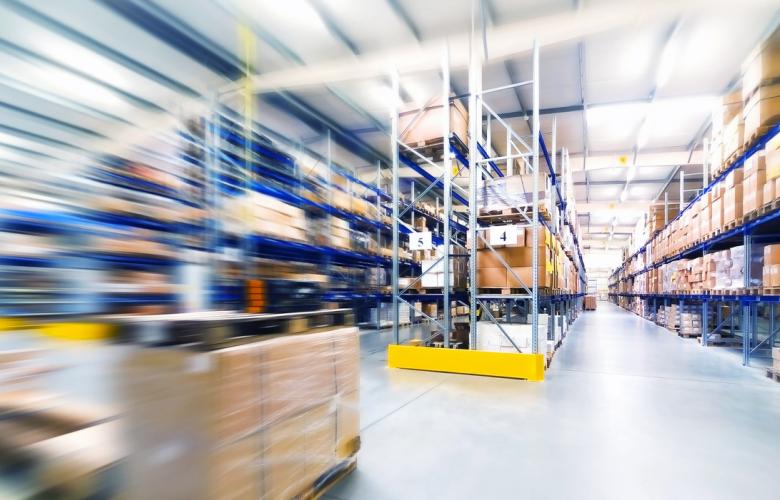The Impact of E-commerce Demand for Warehouses and Distribution Centres in Australia
Contact
The Impact of E-commerce Demand for Warehouses and Distribution Centres in Australia
In Australia, the impact of e-commerce on the demand for warehouses and distribution centres is profound, as businesses strive to secure strategic locations close to their customer base says Cushman & Wakefield.
The rise of e-commerce has revolutionised the way we shop and transformed the retail industry. As online spending continues to surge, it has become increasingly evident that retailers, distributors, and third-party logistics providers (3PLs) must adapt to meet the growing demands of this digital marketplace.
In Australia, the impact of e-commerce on the demand for warehouses and distribution centres is profound, as businesses strive to secure strategic locations close to their customer base.
The Ongoing Trend of Online Spending:
Statistics indicate that the trend of increased online spending shows no signs of slowing down. It is projected that by 2033, one in three dollars will be spent online. This staggering figure underscores the urgency for retailers and distributors to establish a robust e-commerce presence and optimise their supply chains accordingly.
Escalating Stock Levels and Competition:
According to Fab Dalfonso, “With the exponential growth of e-commerce, retailers and 3PLs are compelled to maintain higher stock levels to meet customer demands promptly. However, the availability of suitable warehouse spaces has become increasingly scarce. “This has intensified the competition among occupiers for prime locations, resulting in heightened demand for quality warehouses and distribution centres.”
Additionally, delays in the construction of new facilities and an increase in lease renewals have further exacerbated the competitiveness in the market. Companies are struggling to secure the necessary space to house their expanding inventory, and this trend is expected to persist in the foreseeable future.
The Emergence of Liverpool as a Hub:
One significant development in the Australian e-commerce landscape is the rise of Liverpool, a suburb located in South West Sydney. Based on purchasing volumes from 2022 to the first quarter of 2023, Liverpool has emerged as the highest buying location. This trend is projected to continue as the area experiences ongoing growth, fuelling the demand for industrial spaces in proximity to customers.
“Liverpool's strategic location, coupled with its robust transportation infrastructure, makes it an attractive hub for businesses seeking to establish their distribution centres. Its proximity to major highways, airports, and ports provides unrivalled connectivity, enabling efficient last mile logistics and improved supply chain management,” said Kieran Tsipidis.
Unlocking Operational Efficiencies:
Supply chain managers are continuously striving to optimise their operations to meet the demands of the e-commerce landscape. Last mile logistics and reverse logistics have become focal points for improvement, as businesses seek to enhance delivery speed, minimise costs, and provide superior customer experiences.
“One such last mile logistics hub is Moorebank, the neighbouring suburb of Liverpool. The Moorebank industrial market is evolving to cater to these demands and is poised to play a pivotal role in the years to come” said Fab Dalfonso.
“Warehouses and distribution centres play a pivotal role in streamlining these operations. By strategically locating their facilities, businesses can reduce delivery times, optimise routes, and implement efficient inventory management systems. This enables them to unlock operational efficiencies and meet the ever-increasing expectations of online shoppers,” said Kieran Tsipidis.
“The impact of e-commerce on the demand for warehouses and distribution centres in Australia cannot be overstated. As online spending continues to rise, businesses must adapt to the changing retail landscape and secure strategic locations close to their customer base.
“The scarcity of available warehouse spaces and the intensifying competition among occupiers underscore the need for proactive measures in meeting the growing demands of the e-commerce industry,” said Aston Dalfonso.
Moreover, emerging hubs like Liverpool in South West Sydney offer excellent opportunities for businesses to establish their distribution centres and optimise their supply chain operations. By focusing on last mile logistics, reverse logistics, and overall operational efficiency, businesses can stay ahead in the competitive e-commerce market and deliver exceptional experiences to their customers.
Authored by:
Fab Dalfonso, National Director, Brokerage Industrial & Logistics – Sydney South West
Kieran Tsipidis, Executive, Brokerage Industrial & Logistics – Sydney South West
Aston Dalfonso, Executive, Brokerage Industrial & Logistics – Sydney South West








